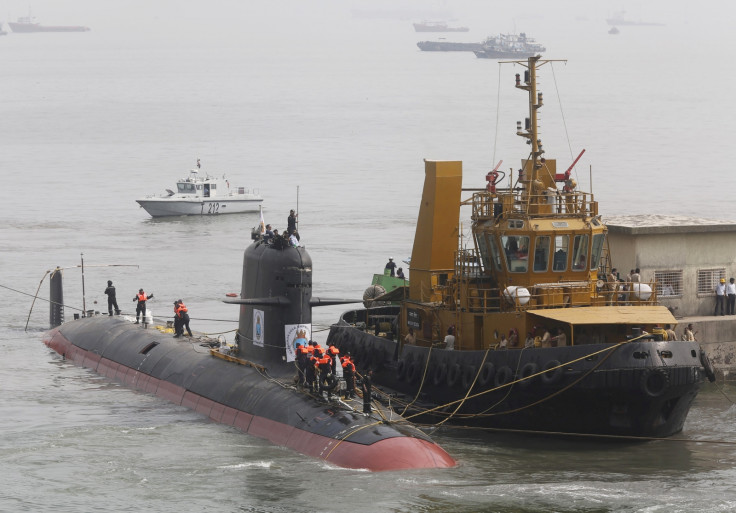Indian Navy secretly inducts indigenous nuclear submarine capable of launching second strikes
2 more such nuclear-capable submarines will be built as part of the Advanced Technology Vessel project.

The Indian Navy has reportedly commissioned the indigenously developed nuclear missile submarine INS Arihant into service in August, filling the only gap in its nuclear arsenal. The country is now part of the league of nations that are capable of launching nuclear weapons from land, air as well as sea.
The induction of the 6,000-tonne submarine was reportedly kept under wraps. However, defence sources confirmed to The Hindu newspaper on Monday (17 October) that INS Arihant was formally commissioned by Navy Chief Admiral Sunil Lanba in August.
The induction of INS Arihant is vital to Indian defence mechanism, which has a no-first-use policy as part of its nuclear doctrine. The Ship Submersible Ballistic Nuclear (SSBN) is capable of carrying nuclear tipped ballistic missiles and is designed to launch an assured second strike capability.
The vessel is powered by an 83 MW pressurised light water nuclear reactor. It will be armed with the K-15 Sagarika missiles with a range of 750 km. Later, the submarine will also be armed with the much longer range K-4 missiles, capable of striking targets at a distance of up to 3,500 km. The missiles are being developed by India's Defence Research and Development Organisation (DRDO), the newspaper reported.
The Indian ministry of defence and the Indian Navy has both declined to comment on the news, saying the subject is out of their purview.
The development of the nuclear submarine began as the Advanced Technology Vessel (ATV) project in the 1980s and in 2009, it was launched by the then Indian Prime Minister Manmohan Singh. The vessel has been undergoing extensive sea trials since then.
The construction of the second nuclear submarine, INS Aridhaman, is almost complete and is expected to be delivered by 2018, The Times of India reported. The ATV project included the building of three such SSBNs.
© Copyright IBTimes 2024. All rights reserved.





